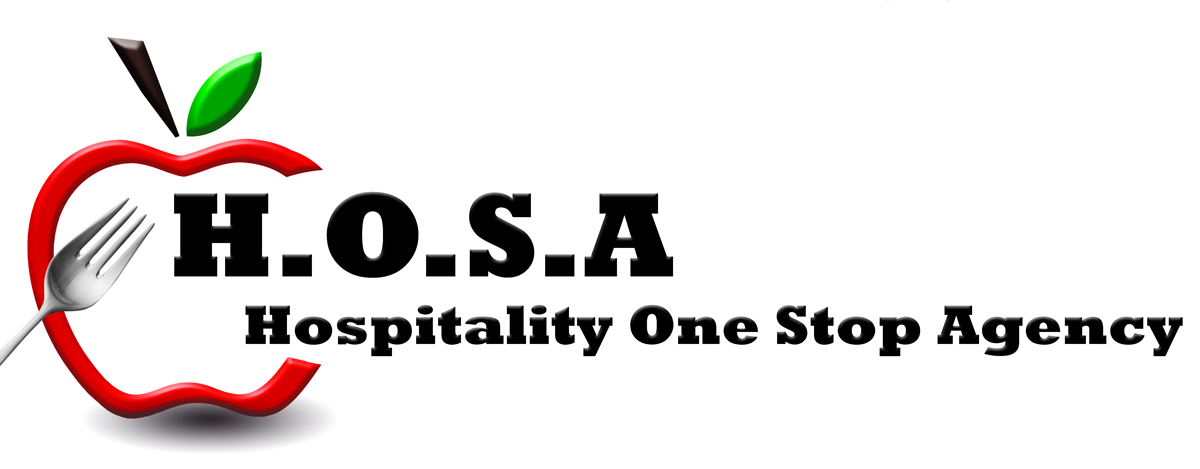|
Food Poisoning Bacteria - Salmonella, Listeria, E.coli 0157, Campylobacter This short paper in our series covering food poisoning bacteria examines how various bacterium causes food poisoning, paying closer attention to five of the most common bacteria; Salmonella, Listeria, E.coli 0157, Campylobacter and Clostridium perfringens. When someone swallows bacteria that cause food poisoning, there is a delay (incubation period) before symptoms begin. This is because most bacteria that cause food poisoning need time to multiply in the intestine. The length of the incubation period depends on the type of bacteria and how many are swallowed. It could be hours or days. The bacteria stick to the lining of the intestine and destroy those cells, either by sheer weight of numbers or by the toxins (poisons) they produce. Sometimes these toxins are absorbed and cause damage elsewhere in the body. Some bacteria produce toxins when they grow in food. Because the toxins themselves are harmful, the bacteria don't need to multiply in the intestine to make someone ill, so the symptoms come on very quickly. Because the bacteria enter the body through the digestive system, symptoms will generally be in this part of the body - nausea, vomiting, abdominal cramps and diarrhoea. In some cases, food poisoning can cause very serious illness or even death. How bacteria grow Bacteria need warmth and moisture to grow. They reproduce by dividing themselves, so one bacterium becomes two and then two become four and so on. In the right conditions one bacterium could become several million in 8 hours and thousands of millions in 12 hours. This means that if a food is contaminated with a small number of bacteria and you leave it out of the fridge overnight it could be seriously contaminated by the next day. Then just one mouthful could make someone ill. If you put food in the fridge it will stop bacteria from multiplying. Since you can't see, taste or smell bacteria, the only way that you can be sure that food is safe is to follow good food hygiene at all times. See the Keeping food safe section. The Food Hygiene Campaign is part of the UK Food Agency's strategy to reduce food poisoning. The success of this strategy is being measured by a reduction in the number of laboratory-confirmed cases of the following five bacteria; Campylobacter, Salmonella, Listeria, E.coli O157, Clostridium perfringens. Clostridium Perfringens Clostridium perfringens is found in low numbers in many foods, particularly meat and poultry and their products. It is also found in the soil, the intestines of humans and animals, in sewage and in animal manures. Salmonella Salmonella is the second most common cause of food poisoning after campylobacter. It has been found in unpasteurised milk, eggs and raw egg products, meat and poultry. It can survive if food is not cooked properly. Listeria Listeria monocytogenes is present all around in the environment. It has also been found in low numbers in many foods. In certain foods, such as soft mold-ripened cheeses and pâtés, it may be present in higher numbers. Eating foods containing high levels of listeria monocytogenes is generally the cause of illness. E.coli 0157 Most strains of E.coli are harmless, but those that produce verocytotoxin (called verocytotoxin-producing E.coli, or VTEC) can cause severe illness. In the UK, the most common type is E.coli 0157. Campylobacter Campylobacter is the most common identified cause of food-borne disease. It has been found mainly in poultry, red meat, unpasteurised milk and untreated water. Although it doesn't grow in food it spreads easily, so only a few bacteria in a piece of undercooked chicken could cause illness. Campylobacter infections don't usually cause vomiting, but diarrhea can be severe and bloody with abdominal cramps. |
|

